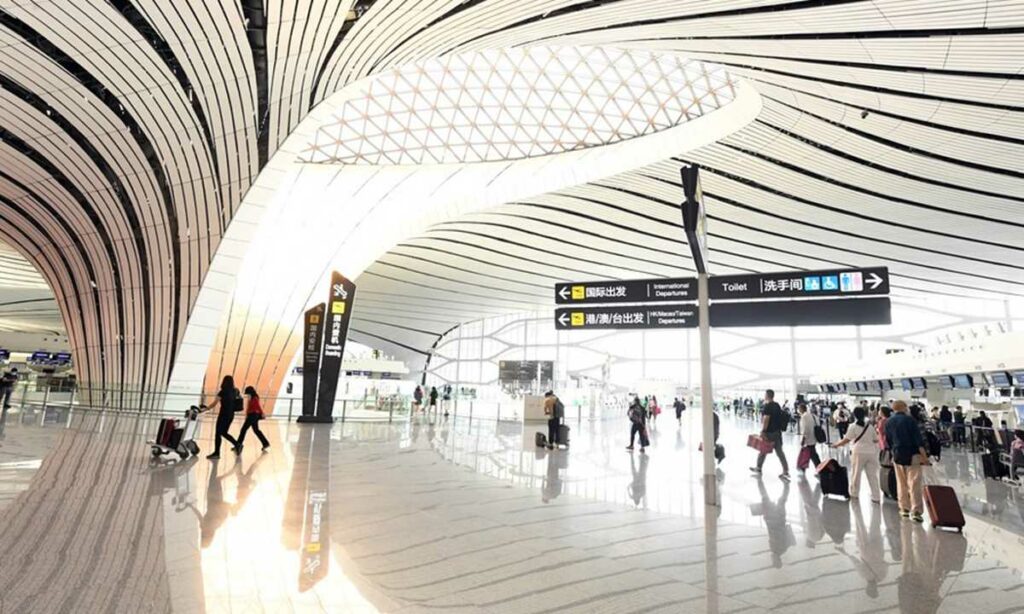
China is moving further to ease anti-COVID-19 restrictions on international arrivals, with the new health declaration form issued by the General Administration of Customs on Thursday scrapping requirements for visitors to report information regarding nucleic acid test results, their infection status and vaccination dates.
The latest move followed several recent steps taken by Chinese authorities to make it more convenient for international visitors entering China, including resuming two types of visa services for foreign nationals. However, relaxing requirements does not mean China is abandoning its dynamic zero-COVID strategy, experts noted.
The ninth version of the health declaration form will be put into use starting from August 31 and international visitors could report their health status online by filling out a form on the related WeChat account or webpage. The new form removed requirement for information regarding nucleic acid test, previous infections and vaccination dates.
The updated form came after dozens of Chinese embassies resumed two types of visa services for foreigners, after it largely suspended issuing visas to foreign students and others more than two years ago at the beginning of the COVID-19 pandemic.
Starting on Wednesday, holders of valid APEC Business Travel Cards or study residence permits were allowed to enter China, according to dozens of Chinese embassies including those in the UK, US, France, India, Pakistan and Japan.
International passengers need to take two PCR tests for COVID-19 within 48 hours of their departure, the second of which must be within 24 hours of their departure.
The ninth version of the declaration form also improved or adjusted some items that often raised questions for travelers, making it more convenient to understand and fill in, according to the customs.
It also added the function of an online consent letter for sampling to make it more convenient for inbound and outbound passengers to simplify the on-site quarantine process, ensuring effective health quarantine work at the front line to protect the health and safety of the Chinese people.
The eighth version of the health declaration form took effect from July 19, 2021. Compared with the previous versions, the eighth version of the form added items such as “whether the person was infected with COVID-19 before”, “whether the nucleic acid result turned positive after the person recovered” and dates for each vaccine shots.
This policy adjustment is mainly to facilitate the entry and exit of personnel, because now all entry personnel are subject to the “7+3” policy, which means seven days of centralized quarantine followed by three days of home health monitoring, regardless of whether there was a nucleic acid test overseas, an expert close to the National Health Commission, who preferred not to be named, told the Global Times on Thursday.
Since the new anti-COVID playbook was adopted in late June, the quarantine period for international arrivals was shortened to 10 days – seven days of centralized quarantine and three days of home quarantine, from the previous 21 days.
“The significance is mainly to reduce the inconvenience and burden of epidemic prevention and control on people’s travel and lives, and to make it more balanced,” the expert said.
In the past, understanding of the coronavirus was not clear enough, and risk management and controls were not enough, but now we carry out the epidemic control work in a more efficient and confident way, the expert said.
As more foreigners are allowed to enter China, Chinese cities and regions, especially those providing inbound passengers with quarantine services, face pressure in preventing inbound epidemics, according to experts.
ARTICLE FROM: Global Times

